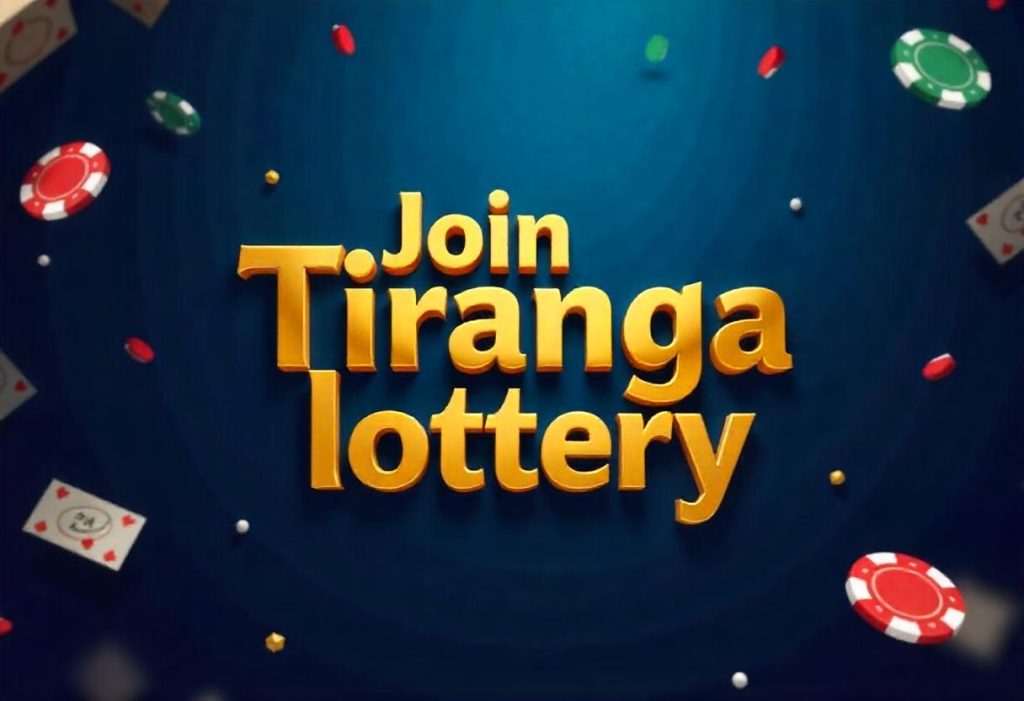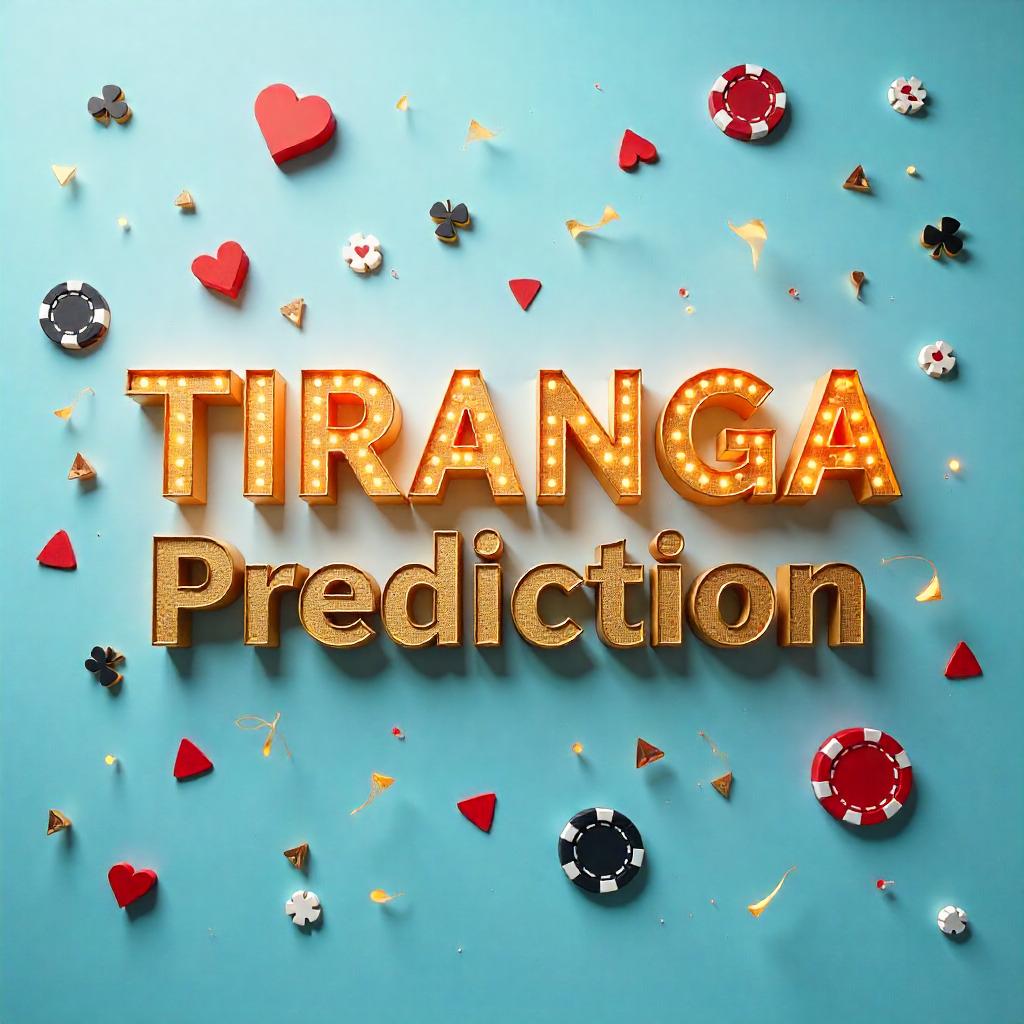Introduction
Tiranga Lottery is an epitome of a digital-era phenomenon showcasing India’s change — technological, economic, or social. It retains the charm of traditional lotteries, but with an app-based modern twist where participants can submit tickets and receive instant digital payouts any time of the day or night. However, there is deeper story about Tiranga’s leaps of faith, underlying youthful hope, and a generation carving out a new vocabulary for fortunes, aspirations, risk, and money.
This article examines the Tiranga Lottery and its implications regarding its cultural significance and psychographic marketing hooks.
Beyond Gambling: A New Offering for Digital Exploration
Unlike gambling-centric approaches, Tiranga Lottery sits within a mobile-first application framework and this changes perception and usage.
- Familiarity with the App Ecosystem: Users are now accustomed to engaging with lotteries through familiar interactions such as food delivery, learning platforms, and online shopping, which changes gambling to an extension of daily life.
- Layered Engagement: Buying tickets is not the end, padded by complex loops beyond the purchase that include game-like dashboards, spinning wheels, and achievement badges.
- Micro Risk Taking: Users take small risks often, training themselves into risk-taking behavior, both from the positive and negative standpoint.
These dynamics place the lottery as an educational undertaking, particularly for those inexperienced with digital finances exploring fintech ecosystems.
Reflecting Back On The Economic Divide
India’s economy cannot be disentangled from the success of the Tiranga Lottery.Topic III emphasizes it operates in areas where there is little or no traditional financial upward mobility.
- An Underlying Aspirational Current: For the tier of low and middle-income earners, it is the lottery that most often presents the chance of a quantum polymath leap out of stagnant cycles of unemployment or debt.
- Alternative Wealth Narratives: In regions where high-paying jobs or entrepreneurial ventures are not within easy reach, small lottery win stories serve as motivational sustenance.
- Urban Frustration: Under-classed workers even in cities and the middle-class overworked tend to turn to the lottery as a psychological vent from the daily grind.
Against this backdrop, what is entertainment in the case of Tiranga is an economic indicators of where the market opportunity gaps remain.
Habit Loops and Cognitive Hooks
The three elements discussed above are not single-handedly powerful enough to explain the engagement levels of users of the Tiranga Lottery.
- Sustained Engagement: Users actively participating in the lottery as a pastime are changing more radically than previously understood.
- Sustained Attention and Engagement: While using social media, slot machines, and many other pastimes, lottery functioning on similar principles of unpredictability keeps players returning.
- Timers and Scarcity: Promotional messages like limited-time offers and “next draw in 5 minutes” build urgency and FOMO.
- Loss Aversion Traps: Players tend to pursue prior losses under the assumption that these losses can be redeemed with a win, emulating primitive behavioral patterns in economics.
Knowing how this works is important in ensuring that one actually retains control and does not fall into addictive loops.
The Grey Line: Between Gaming and Gambling
With the growth of online lotteries, the definition of gambling continuously becomes vague:
- Gamble With Skill: Some platforms offer quizzes, or even mini-games that mask the element of chance behind the facade of skill.
- Influencer Promotions: Local influencers promote lotteries on YouTube and Instagram, normalizing participation, especially for the youth.
- Unregulated Sponsorships: Cashback deals and joining bonuses frequently cross the line into morally dubious marketing.
This paradigm calls for more attention from both the regulators and the consumers in equal proportion.

Models for Constructive Digital Engagement
Tiranga Lottery notwithstanding, there is model potential if approached with a strategy to some engagement concerns.
- Publishing the algorithms behind the draws can foster trust allowing users to validate actions.
- Empowering users through financial literacy can be entrenched in the app or through partnerships with NGOs.
- Users should be able to cap the amount of money they spend on the platform monthly, or implement self-timers.
- Changing the frame from individual donations to group achievements can shift the motivation positively.
These suggestions have the potential to enhance the lottery into something more socially productive instead of an individual’s wager.
Final Thoughts
The Tiranga Lottery signifies another shift towards India’s blend of digital lifestyle—where leisure consumption, economic activity, and self-actualization coalesce. It is a product of its environment: frenetic, mobile-centric, and intensely sentimental. While the dangers are palpable, so are the opportunities for Tiranga to become an instrument of inclusion, civic participation, and even scholarly endeavor—if developed responsibly.
The statement is clear: Indian digital lotteries should not be subjected to unilateral censorship or free-market zeal. Their existence needs to be contextualized, along with defining limits that protect the user without restricting the freedom to elect poorly.
Follow Headline Flow for more article like this and boos your passive income!




